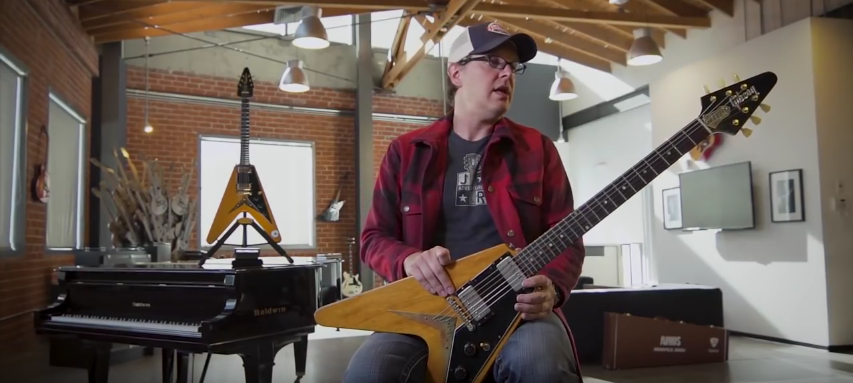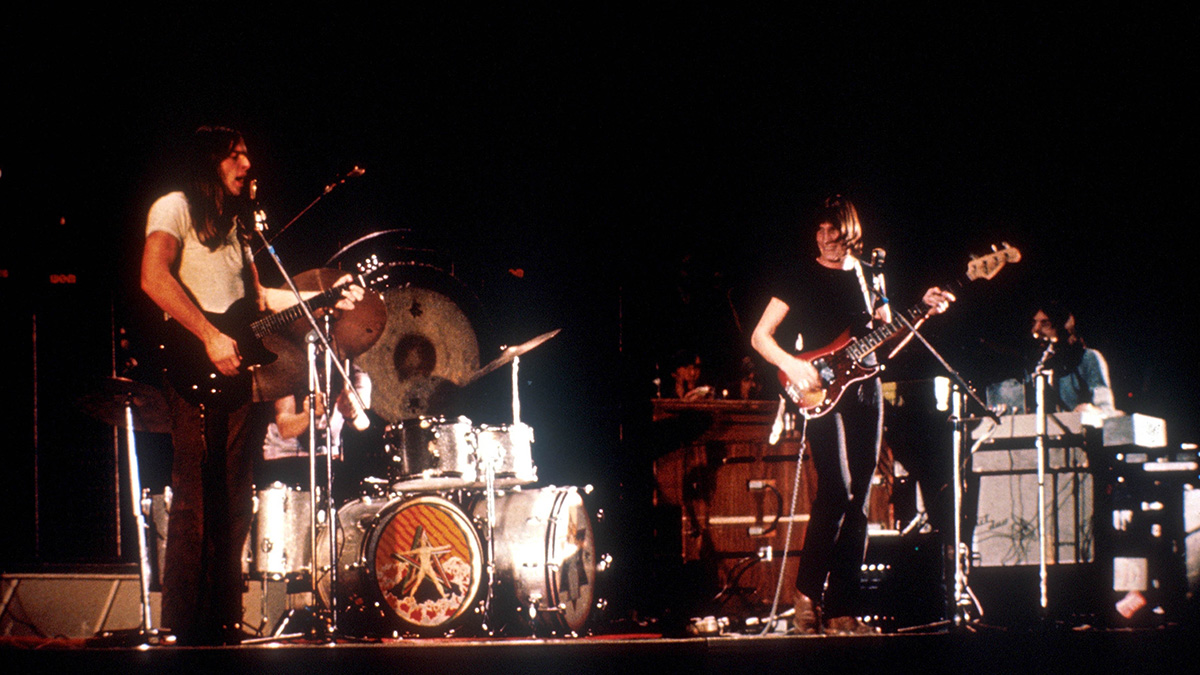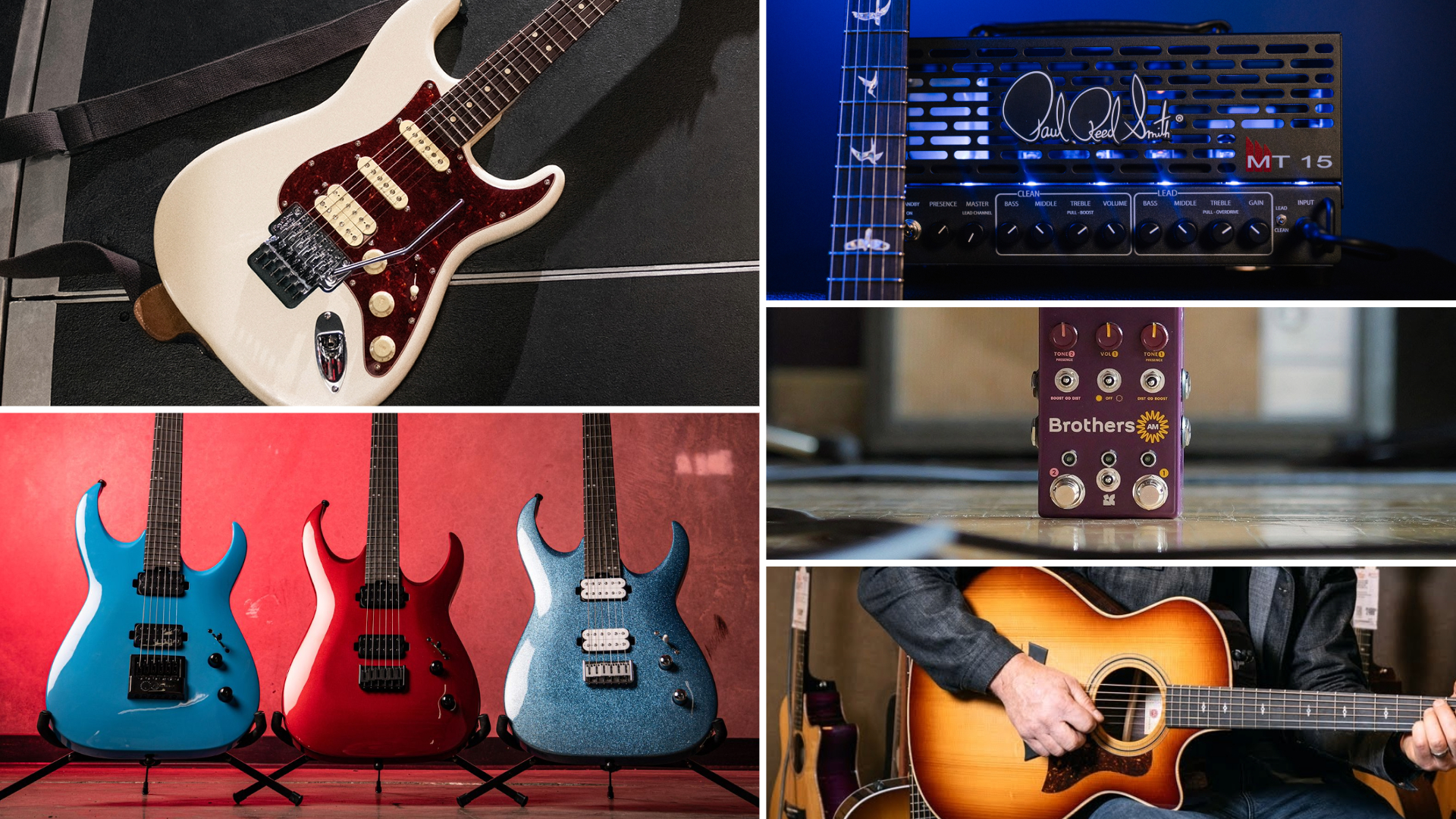Why Guitarists Continue to Buy Signature Gear

These days, it seems you can’t go five minutes without seeing a product launch for a signature piece of gear that has players lining up around the block. It's funny in a way, because at the end of the day, the guitarists who covet signature gear desperately want to get their hands on something that was used/designed for or by another player.
But why do people buy the gear? Do they think they’ll magically summon the powers of the artist? Or is it just clever marketing designed to separate the masses from their hard-earned wages?
Over the past 30 years, I’ve fallen in and out of love with the idea of signature gear and have finally concluded that there’s no right or wrong answer. It’s all about perspective.
In the Nineties, I’d buy guitar magazines and drool over the ads for Joe Satriani’s signature JS1000 Ibanez guitar. I’d spend hours listening to Satriani and would fantasize about how good I’d sound if I could own one. This, in turn, made me practice several hours a day. I also listened to Jason Becker on repeat on headphones and woke up with it still playing the next morning. I’d dream about his Carvin Numbers guitar and picture myself with it.
In 2002, I got a job in my local music store, where I learned a lot about the industry. After a couple of years, the magic started to fade, and I became jaded. I got bored and gave up my job. I even stopped playing guitar.
A few years later, I put on some Satriani and the nostalgia come flooding back—the feeling of magic returned. So I bought a used JS1000 and started to practice again. I was never a technical player, so I decided to learn legato and sweep picking. I practiced all night, developing my own style and sound.
Today, I woke up and read that the Seymour Duncan Custom Shop had released a Joe Bonamassa signature PAF pickup set based on his Limited Edition Epiphone Signature 1958 "Amos" Korina Flying-V. Although there were many positive comments in the news item, I noticed a comment that posited that the PAF sound of the Fifities could never be recaptured due to the variance between PAFs at the time, and that the signature set was simply a ploy to make money.
Get The Pick Newsletter
All the latest guitar news, interviews, lessons, reviews, deals and more, direct to your inbox!
The word “variance” jumped out at me. In fact, I was about to reply to him when I decided I’d write this story instead. It is precisely because of the variance that these types of signature products are released. If the magic of a ‘58 PAF could be replicated in just one product release, I’m sure it would be done.
What Seymour Duncan has done is analyze a specific variant—and then they reproduced it.
Who is this guy—the negative commenter, that is—to argue with fans who still have that magic glint in their eye? I can picture somebody buying these pickups and spending hours practicing—while also developing their own style and sound. We might have a future guitar hero in the making.
When I looked at those guitar ads in the Nineties, there were no comments from jaded musicians talking smack. If there had been, I might not have pursued the JS1000 and maybe wouldn’t have developed into the guitarist I am now. As for Becker, he’s now a good friend—and I went on to release his official Carvin JB24 Numbers guitar (I actually own the prototype). I have my own style and sound and play a wide variety of music and have never been accused of being a clone.
One more example. Last year, I decided to pay my respects to the late Gary Moore with a performance using a set of Seymour Duncan Greenies (based on the Peter Green Gary Moore pickups that are known for their out-of-phase characteristics). That video led to my meeting Gary’s son, Jack Moore. We’re now friends and musical collaborators.
So there you have it. I’m not saying the chap was wrong for saying what he said; I understand because I once looked at the industry from the same jaded perspective. In fact, I still feel that way sometimes. But when I do, I back off, put the guitar down for a while and start to listen to some of the music that inspired me in the first place. The magic always comes back when you look for it.
"The ability to use this as a midweight MIDI brain for a gigging setup is what makes it unique.": Walrus Audio Canvas Clock review
“Among the most sought-after of all rhythm guitars… a power and projection unsurpassed by any other archtop”: Stromberg has made a long-awaited comeback, and we got our hands on its new Master 400 – a holy grail archtop with a price to match









